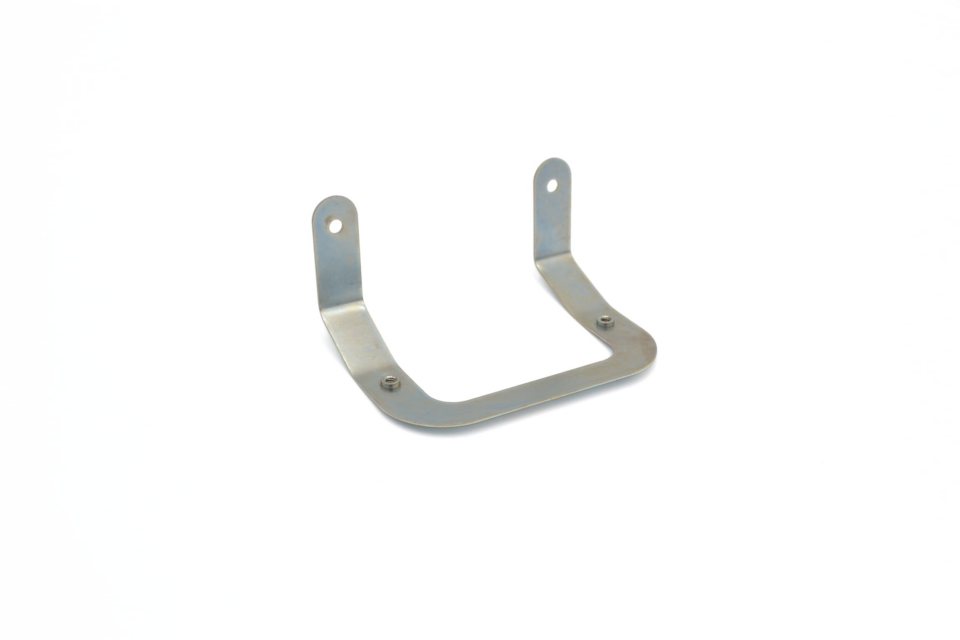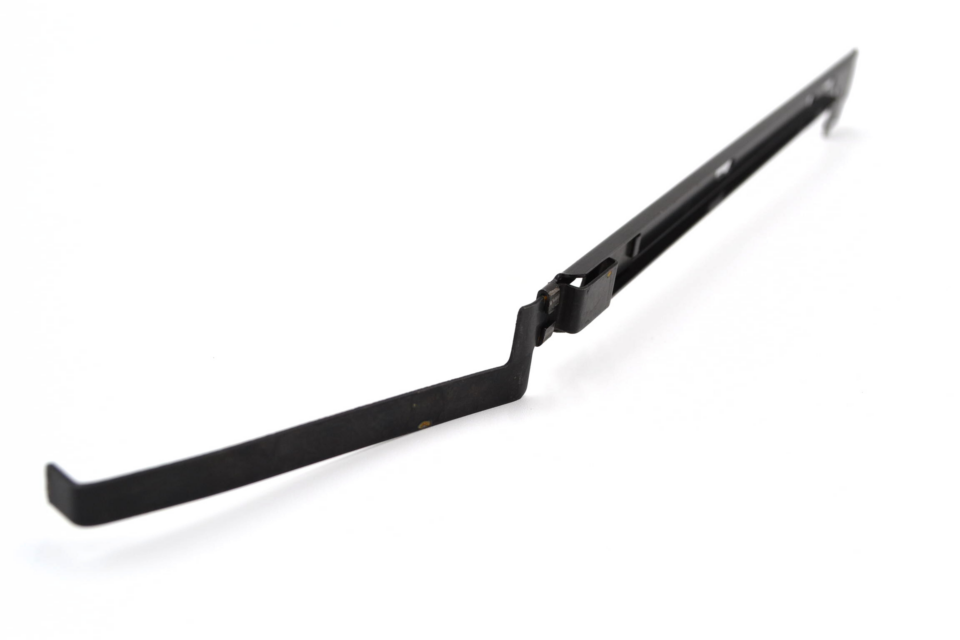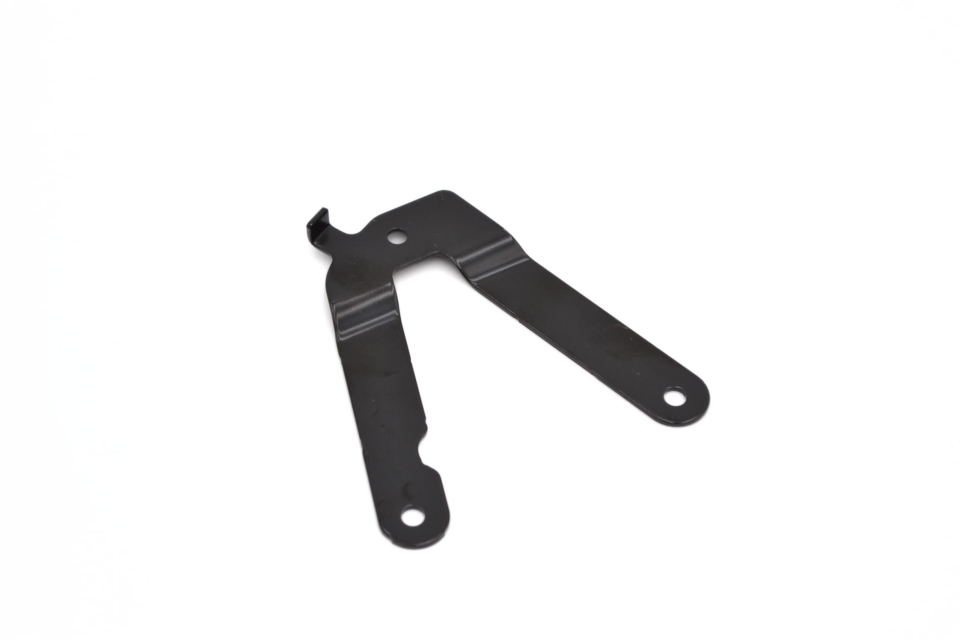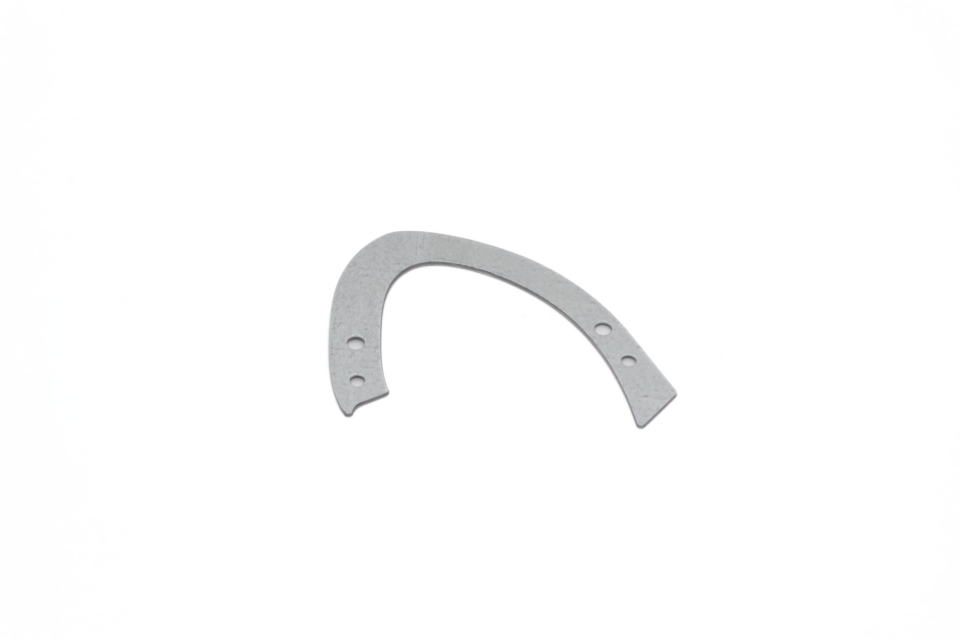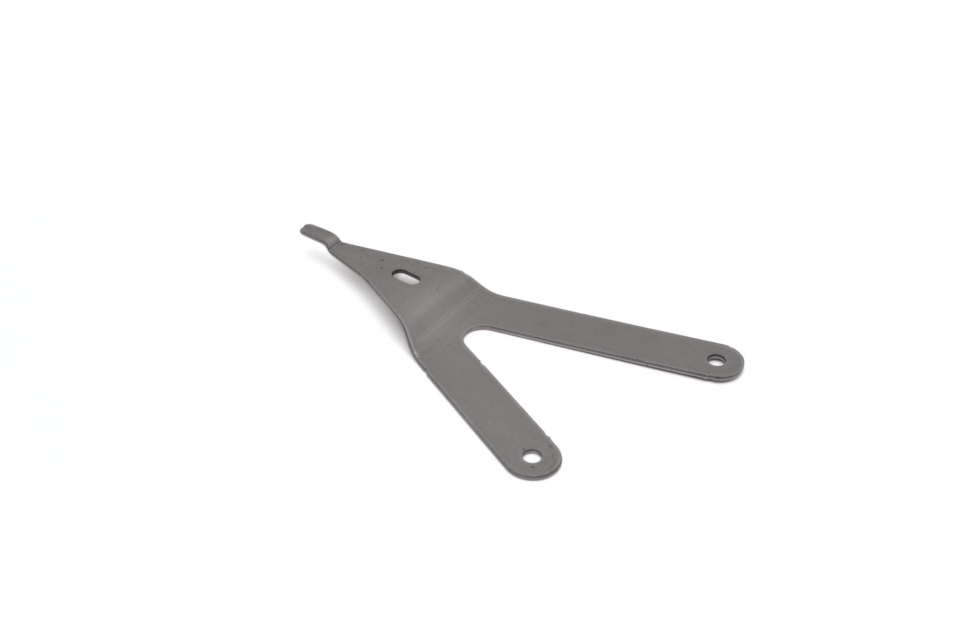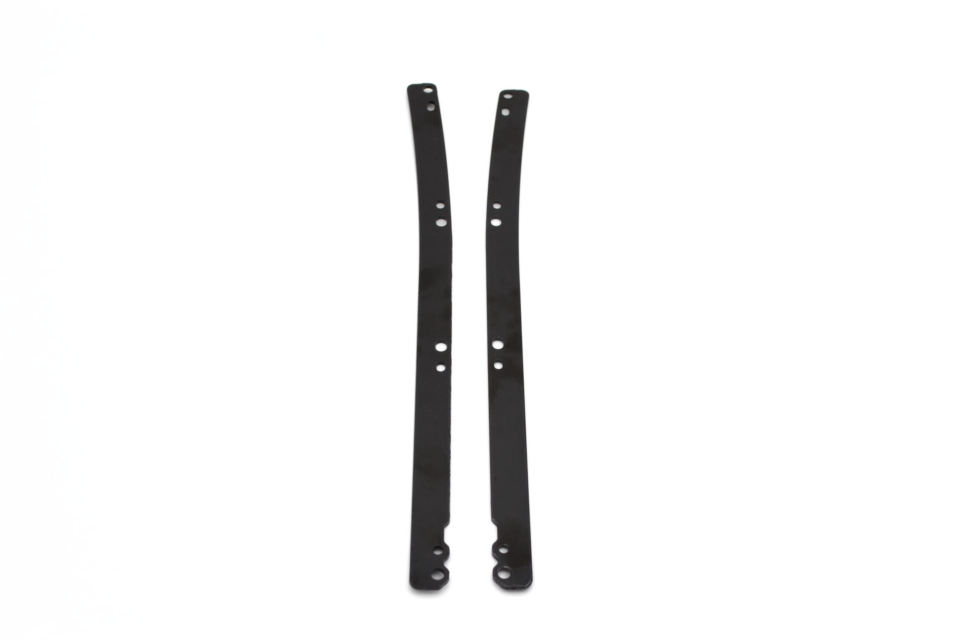Apex Spring and Stamping is committed to being a leading manufacturer of metals stampings. By adopting a no-compromise policy on quality and engineering, we ensure customers the most cost effective and highest quality product for their application. Custom in house methods are used in manufacturing stampings, blanking, bending, drawing, swedging, and chamfering.
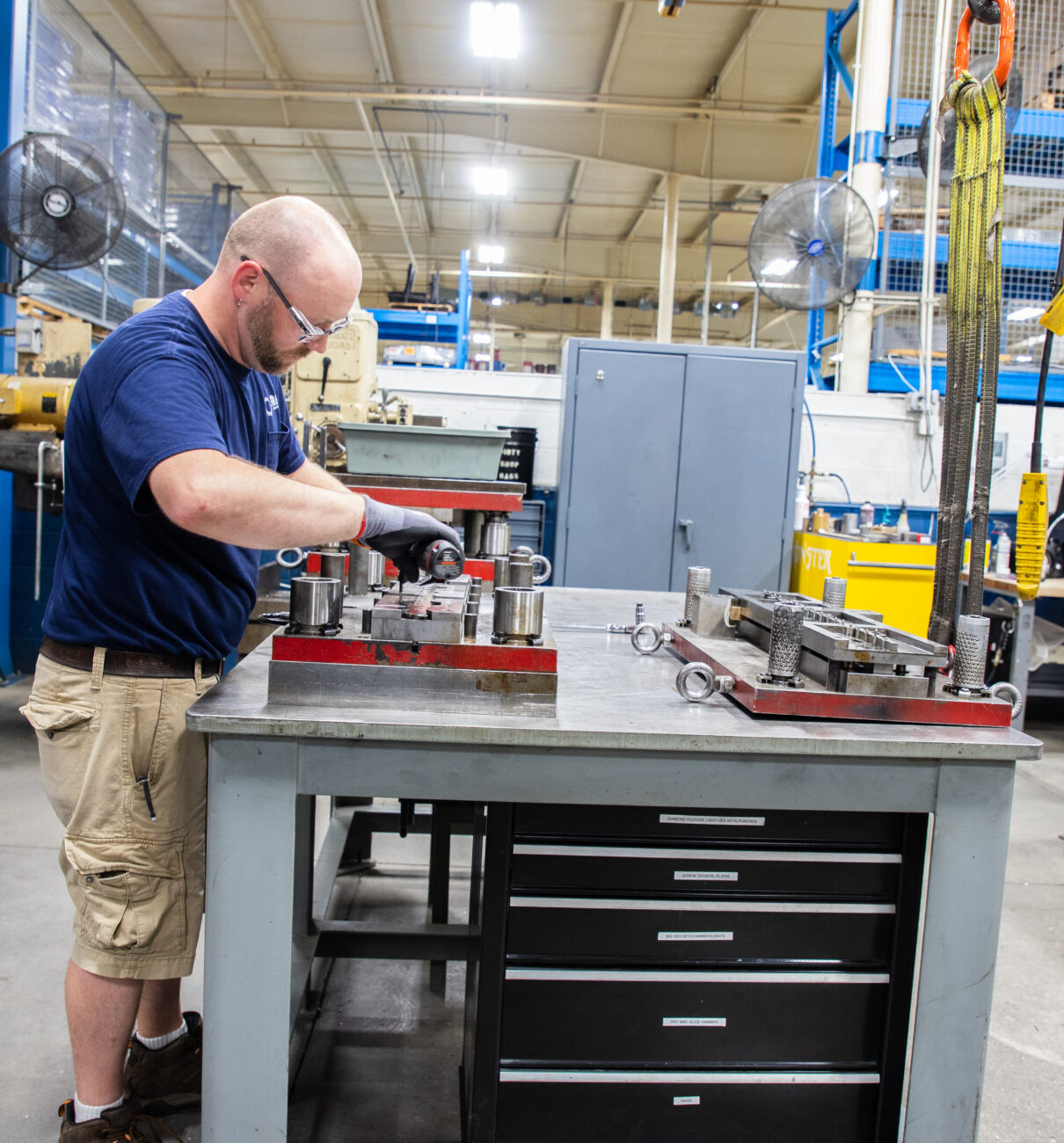
In House Tooling
Apex has over 100 years of experience in our toolroom where we do in house tool design and fabrication. We are able to provide manufactured parts complete, and sometimes eliminate secondary operations which provides a cost efficiency and value. Also, when we build your tool, we’ll maintain it at no extra cost. To us, its just good business. Learn more about tool maintenance on our blog.
Contact us today to talk about your tooling needs!
Types of Metal Stamping Material
Spring Steel (SAE-1050, SAE-1070-75, SAE-1095) Annealed and Pre-tempered
This is a higher carbon steel, with elevated tensile strength that is strong, durable, and resistant to wear. It has a higher tensile strength than materials like 1008-1010 and 1020. The advantages of this material are
- Formability in the Annealed state
- High Tensile Strength with post heat treatment (austempering) process.
- Its low carbon content, ease of shaping, strength, and corrosion resistance in heavy applications.
In spring steel 1095, carbon is the principal alloying ingredient. They also have 0.4 percent silicon and 1.2 percent manganese in them. Nickel, copper, aluminum, and molybdenum are all found in tiny amounts. SAE I1095 is brittle and has great hardness and strength.
Cold-Rolled (CRS-1008, CRS 1010) Steel
Mild, low carbon steel is what 1008 Cold Rolled Steel is known for. It is usually thought of as a cost-effective alternative to our T304 Stainless Steel due to its composition and versatility.
Cold Rolled Steel (CRS) 1010 is low alloyed steel that is drawn/rolled cold for improved surface quality and toughness. It’s normally made as a bar or rod, then rolled or extruded into its final shape. CRS1010 is available in hard, half-hard, and annealed states, depending on additional processing.
Brass Metal
Brass is a non-ferrous red metal that is made up of copper and zinc alloys. To produce differing electrical and mechanical qualities, the amounts of copper and zinc can sometimes be changed.
Beryllium Copper
Beryllium copper is noted for its strong electrical and thermal conductivity, as well as its flexibility. It can be stamped into complicated forms with close tolerances and has excellent corrosion and oxidation resilience.
Stainless Steel 301
Type 301 is a chromium-nickel austenitic stainless steel that may be cold worked to achieve high hardness and flexibility. Heat treatment will not stiffen it. In the annealed state, Type 301 is non-magnetic, but as it cools, it gets more magnetic.
Stainless Steel 304
One of the most efficient and extensively used stainless steel is Type 304. 304 stainless steel is austenitic stainless steel that may be deep drawn to extreme depths.
Aluminum
Aluminum is a metal that is lightweight, robust, versatile, non-corrosive, and indefinitely reusable.
Pre-Tempered (Martensite, Stainless Steel, Brass)
Martensite is a primary element of hardened steel, a hard and exceedingly brittle solid combination of carbon in iron.
Industries We Serve
- Automotive
- Office Furniture Parts
- Consumer Products, and Electronics
- Aerospace
- Electrical
- Telecommunication
- Military Components
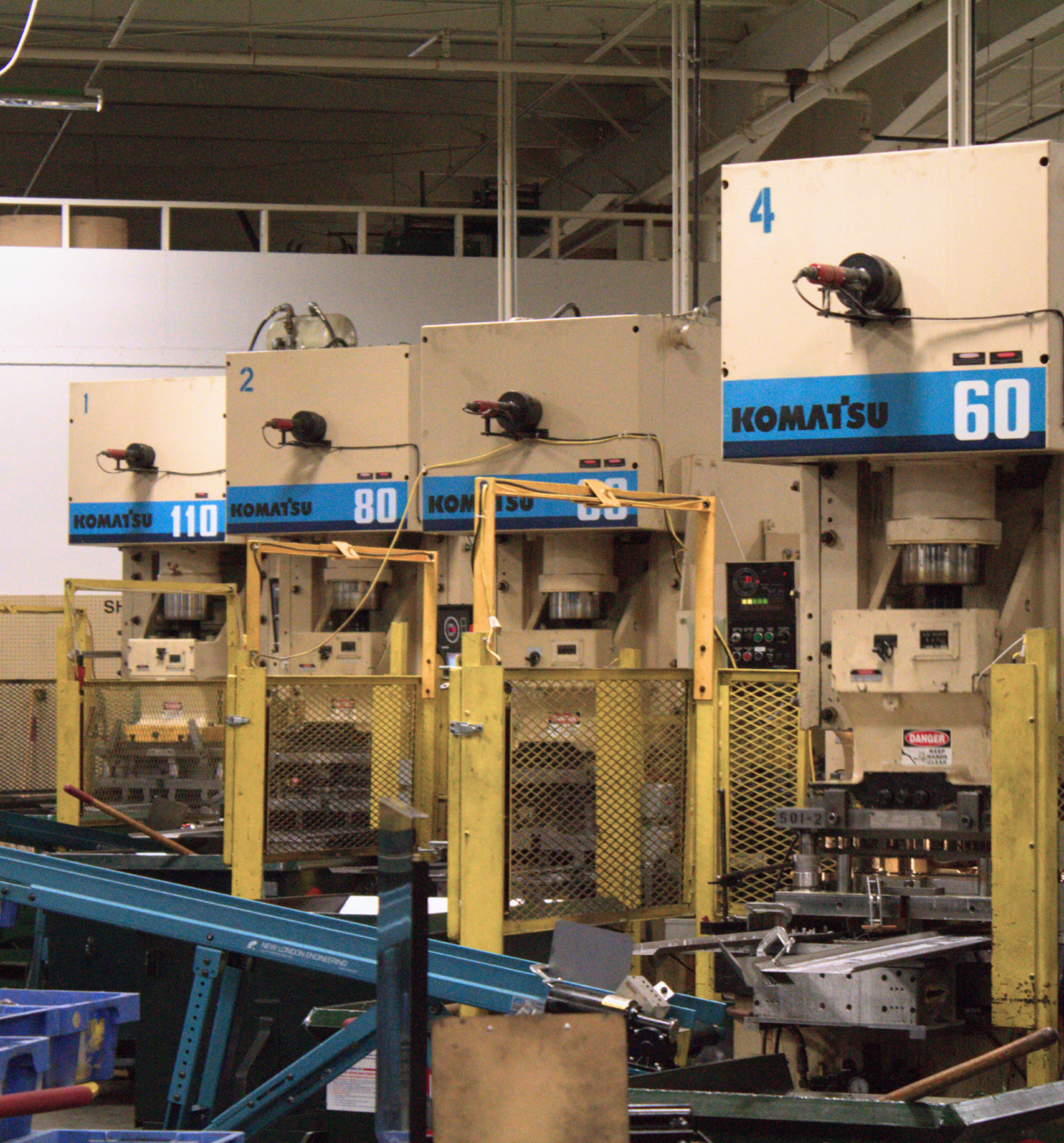
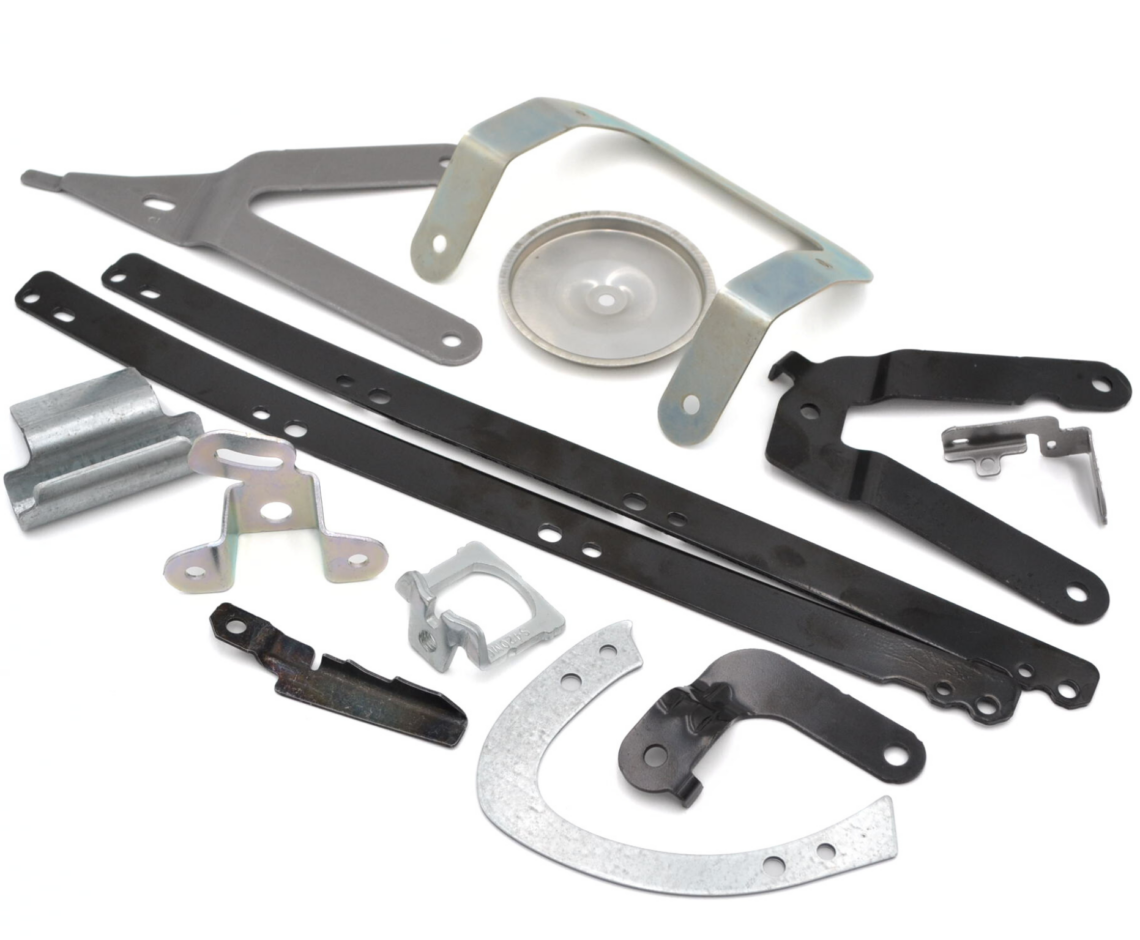
More About Metal Stamping
Get more info about stamping at Apex on our blog.

